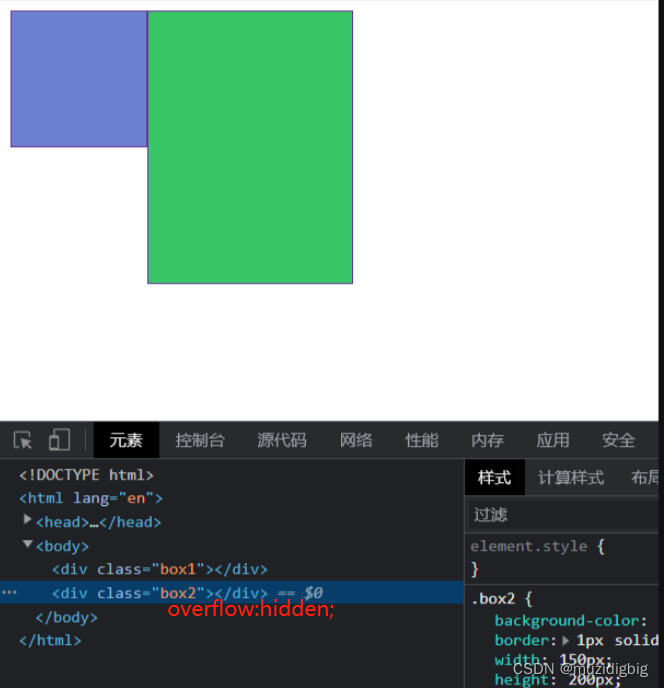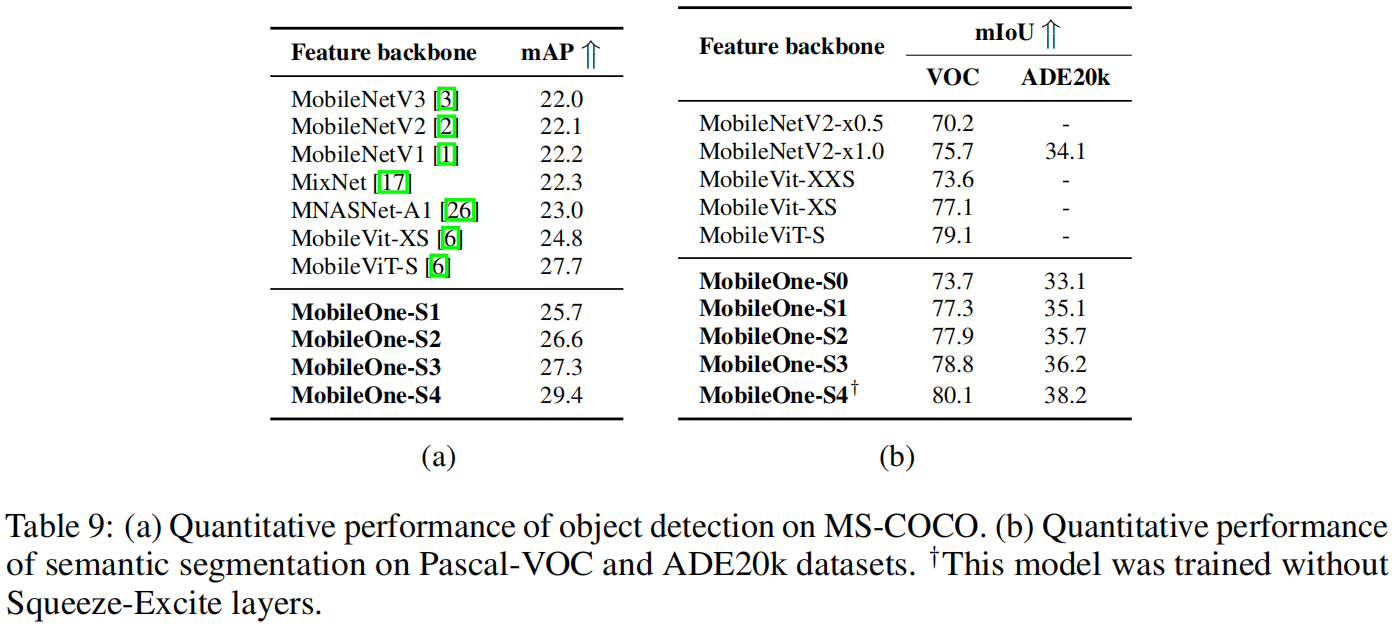传统方法中,JavaScript通过构造函数实现类的概念,通过原型链实现继承。而在Es6中,我们终于迎来了class.
typeScript除了实现了所有Es6中类的功能以外,还添加了一些新的用法。
类的概念
虽然 JavaScript 中有类的概念,但是可能大多数 JavaScript 程序员并不是非常熟悉类,这里对类相关的概念做一个简单的介绍。
- 类(Class):定义了一件事物的抽象特点,包含它的属性和方法
- 对象(Object):类的实例,通过
new生成 - 面向对象(OOP)的三大特性:封装、继承、多态
- 封装(Encapsulation):将对数据的操作细节隐藏起来,只暴露对外的接口。外界调用端不需要(也不可能)知道细节,就能通过对外提供的接口来访问该对象,同时也保证了外界无法任意更改对象内部的数据
- 继承(Inheritance):子类继承父类,子类除了拥有父类的所有特性外,还有一些更具体的特性
- 多态(Polymorphism):由继承而产生了相关的不同的类,对同一个方法可以有不同的响应。比如
Cat和Dog都继承自Animal,但是分别实现了自己的eat方法。此时针对某一个实例,我们无需了解它是Cat还是Dog,就可以直接调用eat方法,程序会自动判断出来应该如何执行eat - 存取器(getter & setter):用以改变属性的读取和赋值行为
- 修饰符(Modifiers):修饰符是一些关键字,用于限定成员或类型的性质。比如
public表示公有属性或方法 - 抽象类(Abstract Class):抽象类是供其他类继承的基类,抽象类不允许被实例化。抽象类中的抽象方法必须在子类中被实现
- 接口(Interfaces):不同类之间公有的属性或方法,可以抽象成一个接口。接口可以被类实现(implements)。一个类只能继承自另一个类,但是可以实现多个接口
TypeScript 中类的用法
public private 和 protected
TypeScript 可以使用三种访问修饰符(Access Modifiers),分别是 public、private 和 protected。
public修饰的属性或方法是公有的,可以在任何地方被访问到,默认所有的属性和方法都是public的private修饰的属性或方法是私有的,不能在声明它的类的外部访问protected修饰的属性或方法是受保护的,它和private类似,区别是它在子类中也是允许被访问的
下面举一些例子:
class Animal {public name;public constructor(name) {this.name = name;}
}let a = new Animal('Jack');
console.log(a.name); // Jack
a.name = 'Tom';
console.log(a.name); // Tom 上面的例子中,name 被设置为了 public,所以直接访问实例的 name 属性是允许的。
很多时候,我们希望有的属性是无法直接存取的,这时候就可以用 private 了:
class Animal {private name;public constructor(name) {this.name = name;}
}let a = new Animal('Jack');
console.log(a.name);
a.name = 'Tom';// index.ts(9,13): error TS2341: Property 'name' is private and only accessible within class 'Animal'.
// index.ts(10,1): error TS2341: Property 'name' is private and only accessible within class 'Animal'.
需要注意的是,TypeScript 编译之后的代码中,并没有限制 private 属性在外部的可访问性。
上面的例子编译后的代码是:
var Animal = (function () {function Animal(name) {this.name = name;}return Animal;
})();
var a = new Animal('Jack');
console.log(a.name);
a.name = 'Tom';
使用 private 修饰的属性或方法,在子类中也是不允许访问的:
class Animal {private name;public constructor(name) {this.name = name;}
}class Cat extends Animal {constructor(name) {super(name);console.log(this.name);}
}// index.ts(11,17): error TS2341: Property 'name' is private and only accessible within class 'Animal'.
而如果是用 protected 修饰,则允许在子类中访问:
class Animal {protected name;public constructor(name) {this.name = name;}
}class Cat extends Animal {constructor(name) {super(name);console.log(this.name);}
}
当构造函数修饰为 private 时,该类不允许被继承或者实例化:
class Animal {public name;private constructor(name) {this.name = name;}
}
class Cat extends Animal {constructor(name) {super(name);}
}let a = new Animal('Jack');// index.ts(7,19): TS2675: Cannot extend a class 'Animal'. Class constructor is marked as private.
// index.ts(13,9): TS2673: Constructor of class 'Animal' is private and only accessible within the class declaration.
当构造函数修饰为 protected 时,该类只允许被继承:
class Animal {public name;protected constructor(name) {this.name = name;}
}
class Cat extends Animal {constructor(name) {super(name);}
}let a = new Animal('Jack');// index.ts(13,9): TS2674: Constructor of class 'Animal' is protected and only accessible within the class declaration.
参数属性
修饰符和readonly还可以使用在构造函数参数中,等同于类中定义该属性同时给该属性赋值,使代码更简洁。
class Animal {// public name: string;public constructor(public name) {// this.name = name;}
}readonly
只读属性关键字,只允许出现在属性声明或索引签名或构造函数中。
class Animal {readonly name;public constructor(name) {this.name = name;}
}let a = new Animal('Jack');
console.log(a.name); // Jack
a.name = 'Tom';// index.ts(10,3): TS2540: Cannot assign to 'name' because it is a read-only property. 注意如果 readonly 和其他访问修饰符同时存在的话,需要写在其后面。
class Animal {// public readonly name;public constructor(public readonly name) {// this.name = name;}
}抽象类
abstract 用于定义抽象类和其中的抽象方法。
什么是抽象类?
首先,抽象类是不允许被实例化的:
abstract class Animal {public name;public constructor(name) {this.name = name;}public abstract sayHi();
}let a = new Animal('Jack');// index.ts(9,11): error TS2511: Cannot create an instance of the abstract class 'Animal'.
上面的例子中,我们定义了一个抽象类 Animal,并且定义了一个抽象方法 sayHi。在实例化抽象类的时候报错了。
其次,抽象类中的抽象方法必须被子类实现:
abstract class Animal {public name;public constructor(name) {this.name = name;}public abstract sayHi();
}class Cat extends Animal {public eat() {console.log(`${this.name} is eating.`);}
}let cat = new Cat('Tom');// index.ts(9,7): error TS2515: Non-abstract class 'Cat' does not implement inherited abstract member 'sayHi' from class 'Animal'.
上面的例子中,我们定义了一个类 Cat 继承了抽象类 Animal,但是没有实现抽象方法 sayHi,所以编译报错了。
下面是一个正确使用抽象类的例子:
abstract class Animal {public name;public constructor(name) {this.name = name;}public abstract sayHi();
}class Cat extends Animal {public sayHi() {console.log(`Meow, My name is ${this.name}`);}
}let cat = new Cat('Tom');
上面的例子中,我们实现了抽象方法 sayHi,编译通过了。
需要注意的是,即使是抽象方法,TypeScript 的编译结果中,仍然会存在这个类,上面的代码的编译结果是:
var __extends =(this && this.__extends) ||function (d, b) {for (var p in b) if (b.hasOwnProperty(p)) d[p] = b[p];function __() {this.constructor = d;}d.prototype = b === null ? Object.create(b) : ((__.prototype = b.prototype), new __());};
var Animal = (function () {function Animal(name) {this.name = name;}return Animal;
})();
var Cat = (function (_super) {__extends(Cat, _super);function Cat() {_super.apply(this, arguments);}Cat.prototype.sayHi = function () {console.log('Meow, My name is ' + this.name);};return Cat;
})(Animal);
var cat = new Cat('Tom');
类的类型
给类加上 TypeScript 的类型很简单,与接口类似:
class Animal {name: string;constructor(name: string) {this.name = name;}sayHi(): string {return `My name is ${this.name}`;}
}let a: Animal = new Animal('Jack');
console.log(a.sayHi()); // My name is Jack






